In the midst of strategizing, we can win from a thousand miles away. Hello everyone, I am Lin Chao, a global financial market observer, focusing on cryptocurrency market analysis, bringing you the most in-depth trading information analysis and technical teaching.
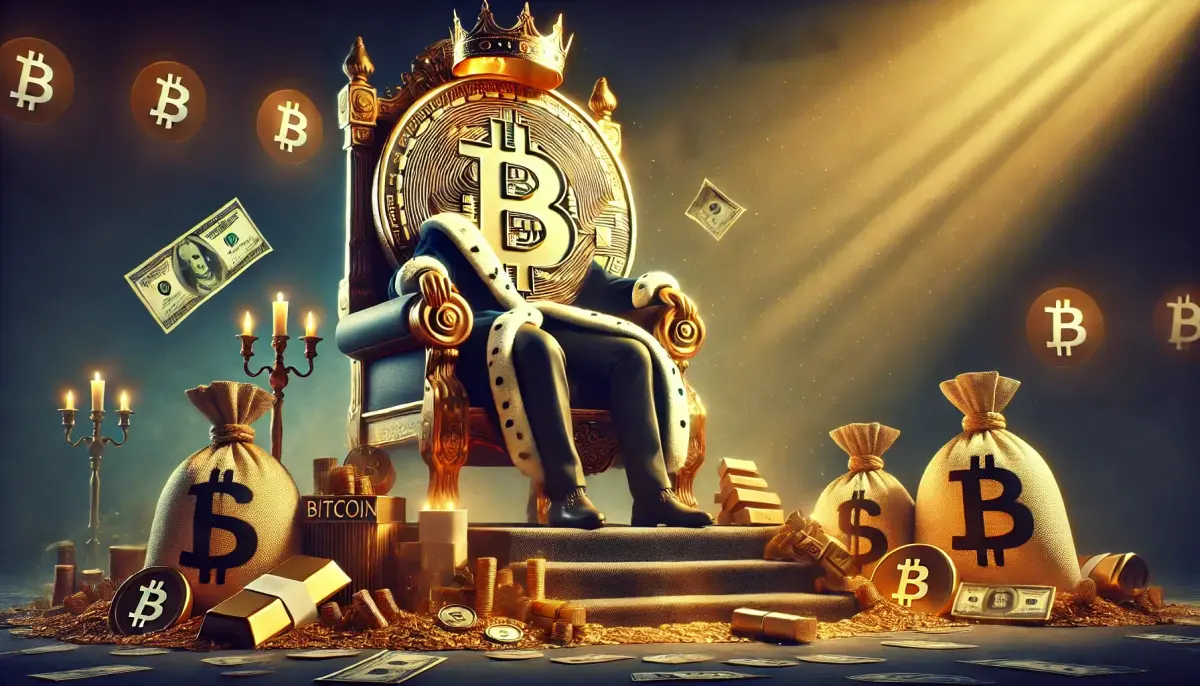
Every time the market enters a correction or sideways phase, Lin Chao receives many private messages from fans asking whether the market has reversed and if we are entering a bear market. This is largely due to a lack of clear understanding of the overall macroeconomic principles. Short-term market fluctuations significantly affect everyone's judgment. Today, Lin Chao will analyze how long this bull market will last and the logic behind the market trends, hoping to alleviate everyone's anxiety.
Lin Chao believes that from an overall logical perspective, during a rate hike cycle, both cryptocurrencies and the stock market typically enter a bear market or experience a correction. Currently, the cryptocurrency market is in a rate cut cycle, with ample market funds, making it easier for quality assets to gain buying support. Additionally, this market phase is accompanied by significant events such as the approval of Bitcoin and Ethereum ETFs, further driving funds, especially institutional and retail funds, to flow directly or indirectly into the cryptocurrency industry. The combination of these two factors is a key reason why Bitcoin has risen to $120,000 without a correction.
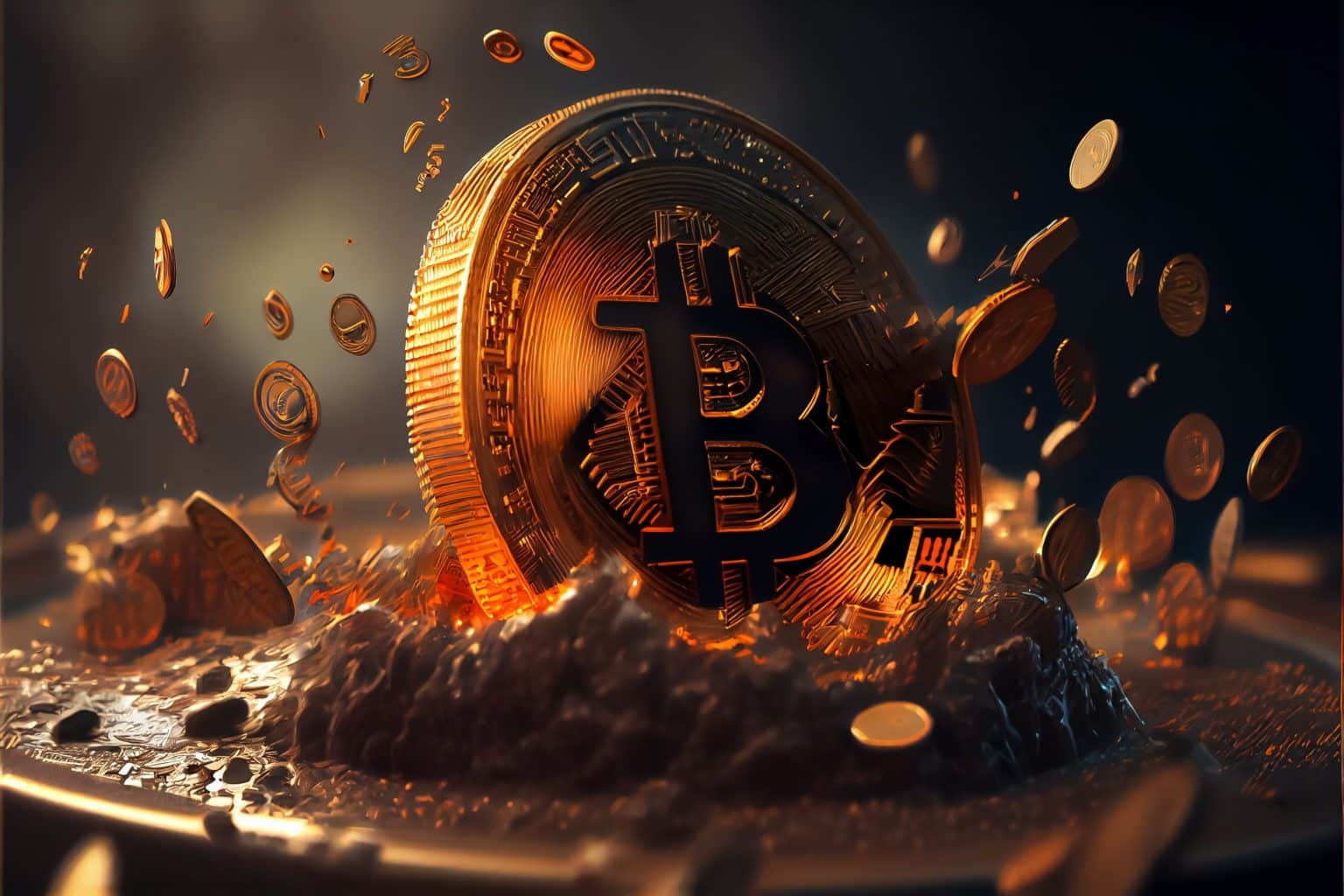
In the financial sector, liquidity is a crucial factor, especially when there is a fundamental change in capital structure. In previous cycles, the cryptocurrency market primarily relied on internal leveraged funds to drive the market through a cycle of "leveraging - deleveraging." In contrast, this bull market is driven by ETFs and established Wall Street capital, simply put, it is equity capital rather than leveraged capital. Even if the price of cryptocurrencies falls, this type of capital will not be forced to sell, making it less likely to trigger a panic sell-off.
At the same time, Ethereum has risen 25%-30% in the past two weeks, but the funding rate in the market is only around 10%, far below the 20%-50% seen during previous high-leverage periods, reflecting that this market phase is dominated by low-leverage, long-term equity capital. This is one of the important reasons why Bitcoin and Ethereum can break new highs, and this trend may continue, as ETFs are not only passive investment targets but are also becoming important tools for arbitrage and hedging in compliant markets, and may even possess options attributes in the future. As this type of capital continues to flow in, the scale of the "traditional cryptocurrency" asset class is expected to expand, which is also an important force supporting Bitcoin's breakthrough of $120,000 and beyond.
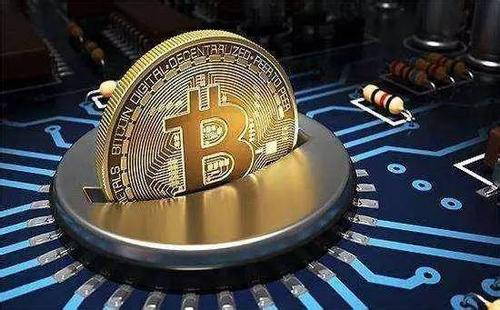
Lin Chao feels that this round is the most blurred boundary between the cryptocurrency and stock markets that he has experienced. Almost all Wall Street institutions related to cryptocurrencies are trying to engage in cryptocurrency stocks, trading, or similar businesses.
From a macro perspective, the U.S. GDP accounts for less than 30% of the global economy, but the dollar accounts for about 60% of global foreign exchange reserves and occupies more than half of cross-border payments. This inequality mainly stems from "trust"—people believe that the U.S. is the strongest sovereign nation, and its currency has the strongest credit backing. However, this trust has begun to waver in recent years. Trump has repeatedly stated that he "does not want to be the world's police," focusing more on domestic welfare, leading to global doubts about the long-term value of dollar assets and U.S. Treasury bonds. Therefore, one of the biggest consensus behind this market phase is that: the credit of the dollar is weakening. The world is beginning to seek inflation-resistant assets worth holding long-term, which is one of the reasons for the surge in gold and Bitcoin. As mentioned in previous articles, the excessive issuance of U.S. Treasury bonds requires a new reservoir, and the target of this new reservoir is cryptocurrencies.
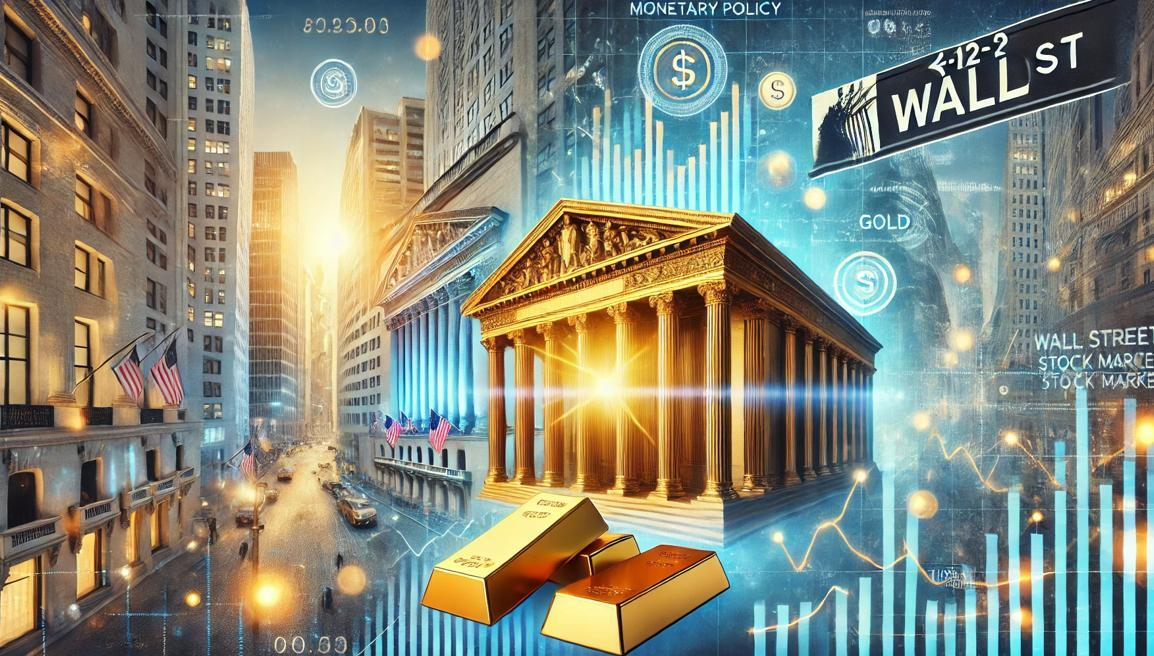
All financial markets are actually driven by policy guidance. The approval of ETFs has played a key role. Many Wall Street institutions were previously unable to directly hold cryptocurrencies due to compliance issues, but through ETFs, they can indirectly allocate and use them as asset proof, allowing crypto assets to officially enter the traditional financial view and blurring the lines between traditional and crypto. However, Lin Chao believes that the current enthusiasm on Wall Street for cryptocurrencies is somewhat excessive, and this heat may undergo periodic adjustments, but it is still in an upward phase. This aligns with the trend logic; simply put, during a rate cut cycle, the cryptocurrency market is bound to be in a bull market, but in the short term, it will be affected by policies and liquidity, causing price fluctuations, which is entirely normal. Especially with recent tariff issues and rate cut discussions not yet settled, the market will likely remain in a consolidation range in the short term.
At the same time, Hong Kong's immigration policy supports cryptocurrency ETFs as asset proof. In addition to U.S. stocks, funds from Hong Kong stocks will also flow into the cryptocurrency market, which is currently in a clear bull market phase. Whether it is the recent IPO scale or various movements related to the cryptocurrency industry, they all indicate a high market sentiment. For example, despite being a red-chip structure and not having fully opened financing channels, Boya is still highly sought after, with its price-to-book ratio exceeding two times, even approaching three times. Established Hong Kong stocks like OSL, Blueport, and New Fire have shown significant upward trends recently; traditional payment companies like Lianlian have also performed well after transitioning to Web 3. Overall, Hong Kong stocks are scarce, and many A-share analysts are discussing whether similar stablecoin concepts can be launched in A-shares.
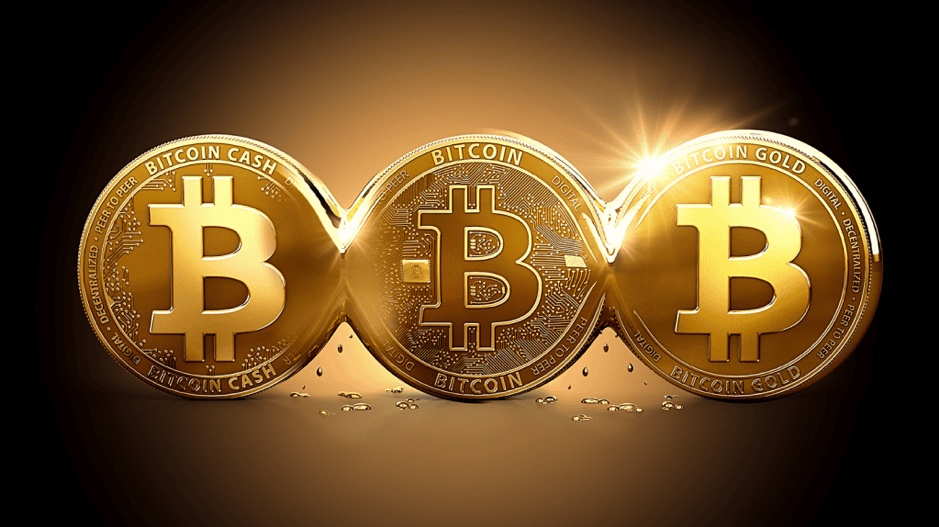
Lin Chao's Summary
In the long run, these changes are generally positive. Bitcoin and Ethereum, as the "benchmarks" of the entire cryptocurrency market, will only be accepted by more people as the industry becomes more open. More importantly, they will bring more regulations to the entire industry, which is something many people have long anticipated. From the current market phase, it is not surprising that after Bitcoin rises to $120,000 and consolidates, mainstream capital shifts to speculate on Ethereum. Previous structures have indicated that Ethereum has gained a certain degree of mainstream capital recognition, and its DeFi on-chain TVL data is relatively authentic. During the transition from bull to bear in 2021, Ethereum and Bitcoin experienced similar declines, making it a resilient asset. In this bull market, mainstream capital typically prioritizes Bitcoin for allocation, establishing its bull market pattern first. Now that Bitcoin's price has significantly outpaced, Ethereum's rise is a logical follow-up. From Lin Chao's perspective, Ethereum still holds long-term appeal. On one hand, it is recognized by the mainstream, and on the other, its on-chain DeFi applications are active, with TVL accounting for over 50%-60%. In contrast, Solana may have more issuance. Overall, Lin Chao remains optimistic about Ethereum's mid-to-long-term performance in this cycle.
Some fans have also privately messaged Lin Chao, asking if SOL will replace ETH's position. From the comparison between SOL and ETH, I personally feel that there is no competition issue; even at Solana's peak, its market value has never approached that of Ethereum. There will only be a shift in industry hotspots, such as the meme market brought by Trump coins making the Solana ecosystem a bit hotter, but Lin Chao believes that Ethereum's status as the king of chains remains unchanged; it is just a matter of how far SOL is from that position.
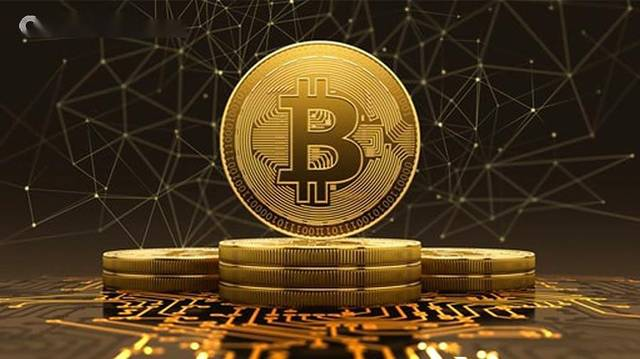
Some investors who do not understand the meaning of blockchain may not fully grasp the differences between Ethereum and Solana. Discussing Ethereum and Solana is essentially discussing whether the future of blockchain will be a multi-chain world or a single-chain world. Lin Chao believes that the future will definitely be a multi-chain world. Early on, BSC, Huobi, and OK all created their own chains, and this round, Coinbase and Kraken have also launched L2 based on Ethereum, hoping to achieve this in a controllable environment, further validating the multi-chain trend. To put it simply, using banks as an analogy that everyone can understand, there will not be just one dominant bank in the world; various banks with different names will emerge. Although the names differ, some interest and investment rules may vary, but the overall functions are the same. In the future, these banks will be interconnected, forming the current interconnected model of traditional finance. One can simply understand that these various chains are like the various named banks today. The blockchains being built now are the foundation for future financial interconnectivity.
Ethereum's short-term advantage lies in its greater willingness to be compatible with traditional finance. From a political perspective, there are 195 sovereign countries in the real world, indicating that the landscape is destined to be multi-chain. The blockchain world will not be dominated by just three or four chains; more chains will gradually emerge in the future. In this multipolar landscape, Ethereum's multi-chain architecture may position it as the core of blockchain infrastructure.
In summary, the current trend remains in a bull market, and it will continue to be in a bull market throughout a long rate cut cycle. As governments strengthen regulation and compliance increases, the cryptocurrency sector will also be in a long-term development phase. Every technological revolution brings significant changes; the wealthy will find ways to protect their wealth, while the poor will seek to leverage the transformation to rise. Change itself is a manifestation of self-awareness enhancement. No matter your current situation, what you need to do is to take action and not let the times repeatedly cast you aside.
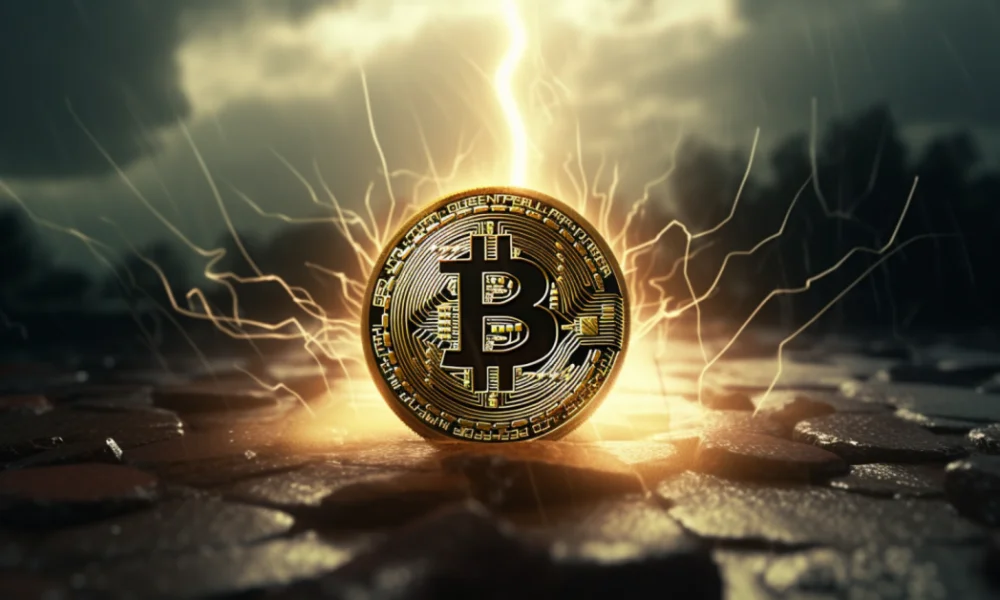
If you are feeling lost—lacking technical knowledge, not understanding the profession, unable to read the market, or unsure when to enter, you can message Lin Chao, and I hope to help you establish your own trading system.
The success of investment depends not only on choosing good targets but also on when to buy and sell. Preserving capital and making good asset allocations are essential for steady progress in the ocean of investment. Life is like a long river flowing into the sea; what determines victory or defeat is never the gains and losses of a single pass or moment, but rather a well-thought-out plan before action, knowing when to stop and what to gain.
The global market is ever-changing, and the world is a whole; follow Lin Chao to gain a top-tier global financial perspective.
This article is merely a personal opinion and does not constitute any trading advice. The cryptocurrency market carries risks; invest cautiously!

Real-time consultation, feel free to follow the public account: Lin Chao on Cryptocurrency.
免责声明:本文章仅代表作者个人观点,不代表本平台的立场和观点。本文章仅供信息分享,不构成对任何人的任何投资建议。用户与作者之间的任何争议,与本平台无关。如网页中刊载的文章或图片涉及侵权,请提供相关的权利证明和身份证明发送邮件到support@aicoin.com,本平台相关工作人员将会进行核查。




